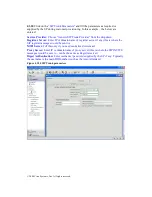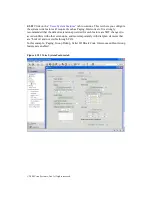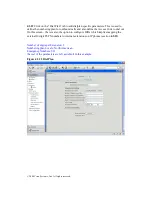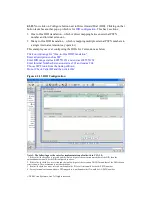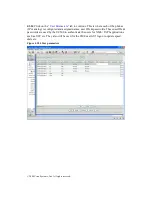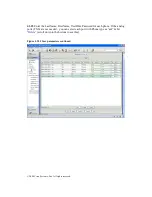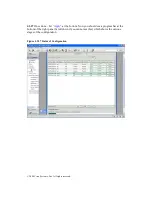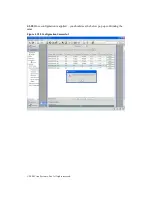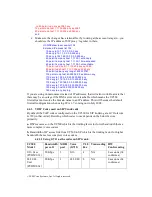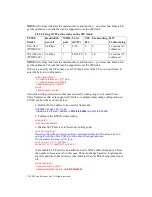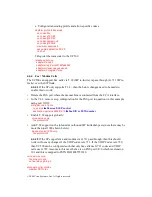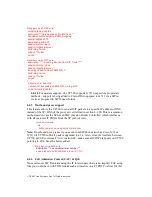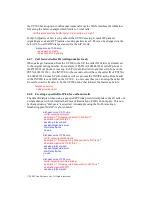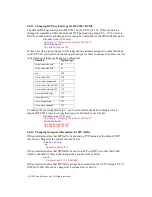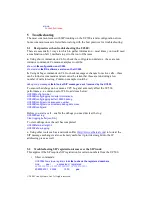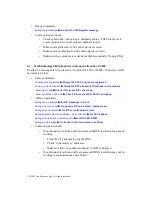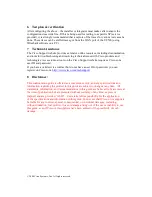
© 2008 Cisco Systems, Inc. All rights reserved.
!
dial-peer voice 11100 voip
corlist outgoing call-fax
description ** Outgoing fax call to SIP trunk **
translation-profile outgoing PSTN_Outgoing
answer-address 301
destination-pattern 9T
session protocol sipv2
session target sip-server
dtmf-relay rtp-nte
codec g711ulaw
no vad
!
dial-peer voice 11101 voip
description *****Incoming Fax call from SIP Trunk *****
session protocol sipv2
session target sip-server
incoming called-number 4085551010
dtmf-relay rtp-nte
codec g711ulaw
no vad
!
ephone-dn 5 dual-line
number
301 secondary 4085551010 no-reg both
corlist incoming call-fax
4.4.4.3 For modem support – the UC500 supports G.711 upspeed via proprietary
methods – support is being added to Cisco IOS to upspeed to G.711 via a SIP re-
Invite as proposed in SIPConnect forum.
4.4.5
Outbound proxy support
This feature allows the UC500 to send all SIP packets to a specific IP address or DNS
instead of the IP / DNS of the proxy server defined in section 4.3.20. This is a common
method used in case the SP has an SBC (Session Border Controller) which interfaces
with all customer IP PBXes from the SP point of view.
voice service voip
sip
outbound-proxy dns:sipconnect.cisco.com
Note: If outbound proxy is used, you cannot use SIP phones (such as Cisco 3911 or
3951) till UC520 software pack is upgraded to 4.3.x. Also, since the interface between
UC500 & CUE (voicemail / AA) is also SIP – make sure all VOIP dial-peers on UC500
pointing to CUE have the below added:
dial-peer voice 2000 voip
description ** cue voicemail pilot number **
voice-class sip outbound-proxy ipv4:10.1.10.1
4.4.6
Call Admission Control (CAC) & QoS
Since calls over SIP Trunk are using the IP interconnect, there is no implicit CAC setup
like you would have with TDM trunks such as timeslots on a T1 PRI. To allow for this

